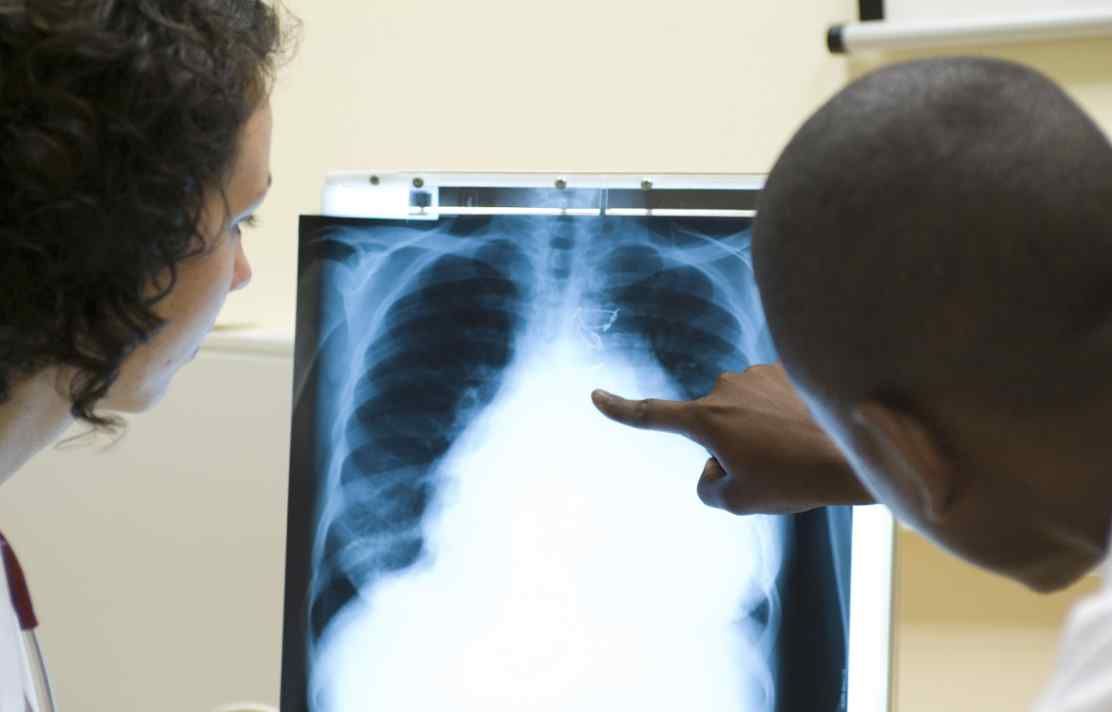BibTex format
@article{Hurst:2021:10.1136/bmjopen-2021-055435,
author = {Hurst, EA and Mellanby, RJ and Handel, I and Griffith, DM and Rossi, AG and Walsh, TS and Shankar-Hari, M and Dunning, J and Homer, NZ and Denham, SG and Devine, K and Holloway, PA and Moore, SC and Thwaites, RS and Samanta, RJ and Summers, C and Hardwick, HE and Oosthuyzen, W and Turtle, L and Semple, MG and Openshaw, PJM and Baillie, JK and Russell, CD},
doi = {10.1136/bmjopen-2021-055435},
journal = {BMJ Open},
pages = {1--11},
title = {Vitamin D insufficiency in COVID-19 and influenza A, and critical illness survivors: a cross-sectional study},
url = {http://dx.doi.org/10.1136/bmjopen-2021-055435},
volume = {11},
year = {2021}
}
RIS format (EndNote, RefMan)
TY - JOUR
AB - Objectives The steroid hormone vitamin D has roles in immunomodulation and bone health. Insufficiency is associated with susceptibility to respiratory infections. We report 25-hydroxy vitamin D (25(OH)D) measurements in hospitalised people with COVID-19 and influenza A and in survivors of critical illness to test the hypotheses that vitamin D insufficiency scales with illness severity and persists in survivors.Design Cross-sectional study.Setting and participants Plasma was obtained from 295 hospitalised people with COVID-19 (International Severe Acute Respiratory and emerging Infections Consortium (ISARIC)/WHO Clinical Characterization Protocol for Severe Emerging Infections UK study), 93 with influenza A (Mechanisms of Severe Acute Influenza Consortium (MOSAIC) study, during the 2009–2010 H1N1 pandemic) and 139 survivors of non-selected critical illness (prior to the COVID-19 pandemic). Total 25(OH)D was measured by liquid chromatography-tandem mass spectrometry. Free 25(OH)D was measured by ELISA in COVID-19 samples.Outcome measures Receipt of invasive mechanical ventilation (IMV) and in-hospital mortality.Results Vitamin D insufficiency (total 25(OH)D 25–50 nmol/L) and deficiency (<25 nmol/L) were prevalent in COVID-19 (29.3% and 44.4%, respectively), influenza A (47.3% and 37.6%) and critical illness survivors (30.2% and 56.8%). In COVID-19 and influenza A, total 25(OH)D measured early in illness was lower in patients who received IMV (19.6 vs 31.9 nmol/L (p<0.0001) and 22.9 vs 31.1 nmol/L (p=0.0009), respectively). In COVID-19, biologically active free 25(OH)D correlated with total 25(OH)D and was lower in patients who received IMV, but was not associated with selected circulating inflammatory mediators.Conclusions Vitamin D deficiency/insufficiency was present in majority of hospitalised patients with COVID-19 or influenza A and correlated with severity and persisted in critical illness survivors at
AU - Hurst,EA
AU - Mellanby,RJ
AU - Handel,I
AU - Griffith,DM
AU - Rossi,AG
AU - Walsh,TS
AU - Shankar-Hari,M
AU - Dunning,J
AU - Homer,NZ
AU - Denham,SG
AU - Devine,K
AU - Holloway,PA
AU - Moore,SC
AU - Thwaites,RS
AU - Samanta,RJ
AU - Summers,C
AU - Hardwick,HE
AU - Oosthuyzen,W
AU - Turtle,L
AU - Semple,MG
AU - Openshaw,PJM
AU - Baillie,JK
AU - Russell,CD
DO - 10.1136/bmjopen-2021-055435
EP - 11
PY - 2021///
SN - 2044-6055
SP - 1
TI - Vitamin D insufficiency in COVID-19 and influenza A, and critical illness survivors: a cross-sectional study
T2 - BMJ Open
UR - http://dx.doi.org/10.1136/bmjopen-2021-055435
UR - http://gateway.webofknowledge.com/gateway/Gateway.cgi?GWVersion=2&SrcApp=PARTNER_APP&SrcAuth=LinksAMR&KeyUT=WOS:000711080000009&DestLinkType=FullRecord&DestApp=ALL_WOS&UsrCustomerID=1ba7043ffcc86c417c072aa74d649202
UR - https://bmjopen.bmj.com/content/11/10/e055435
UR - http://hdl.handle.net/10044/1/92896
VL - 11
ER -
